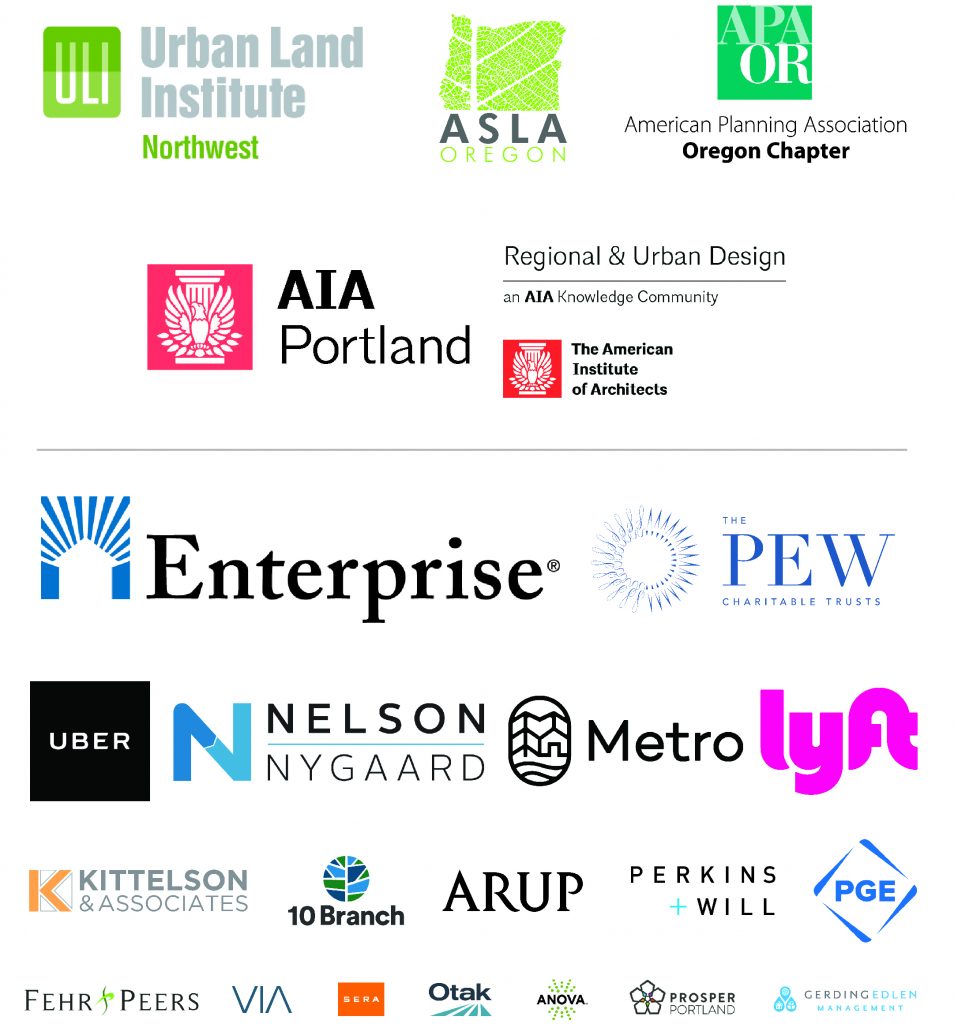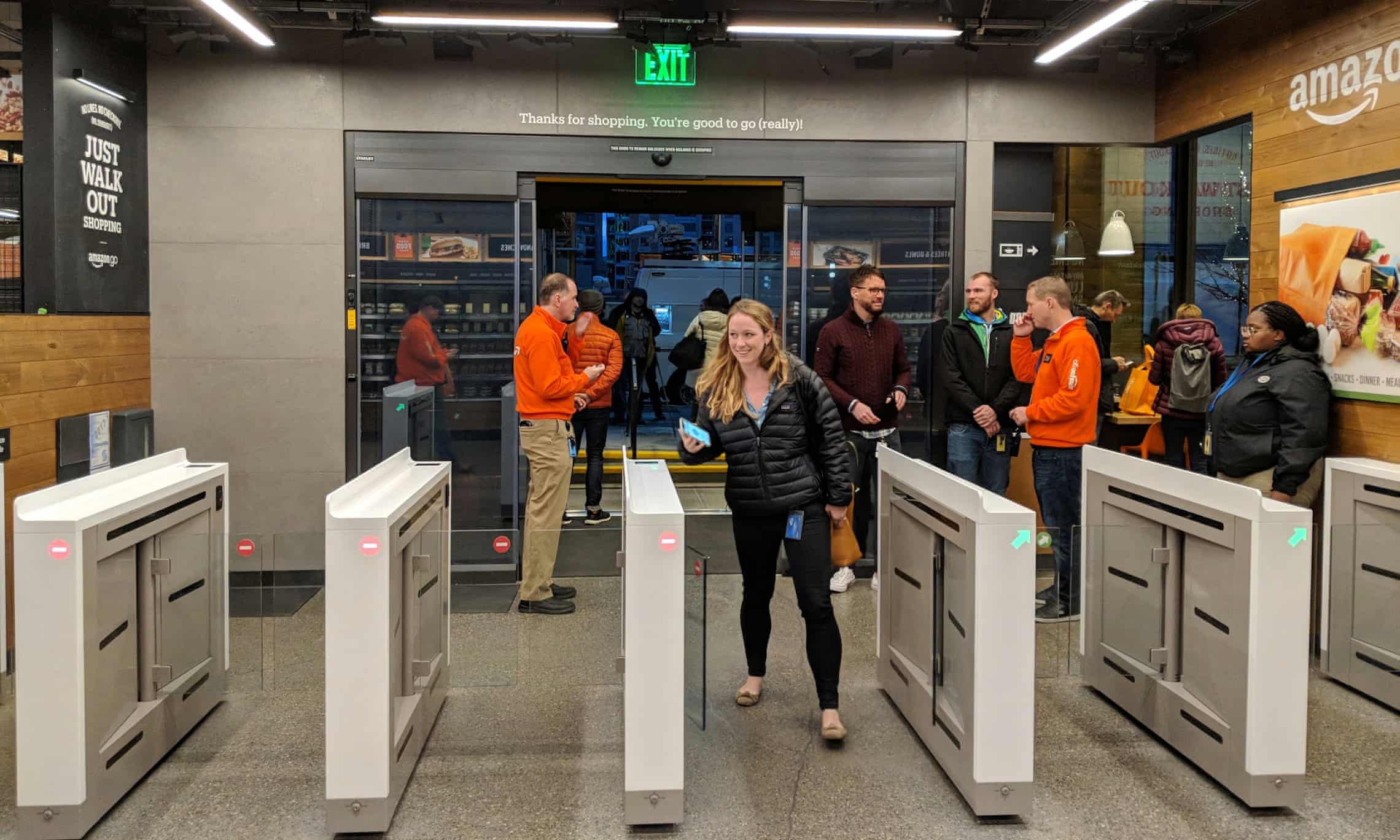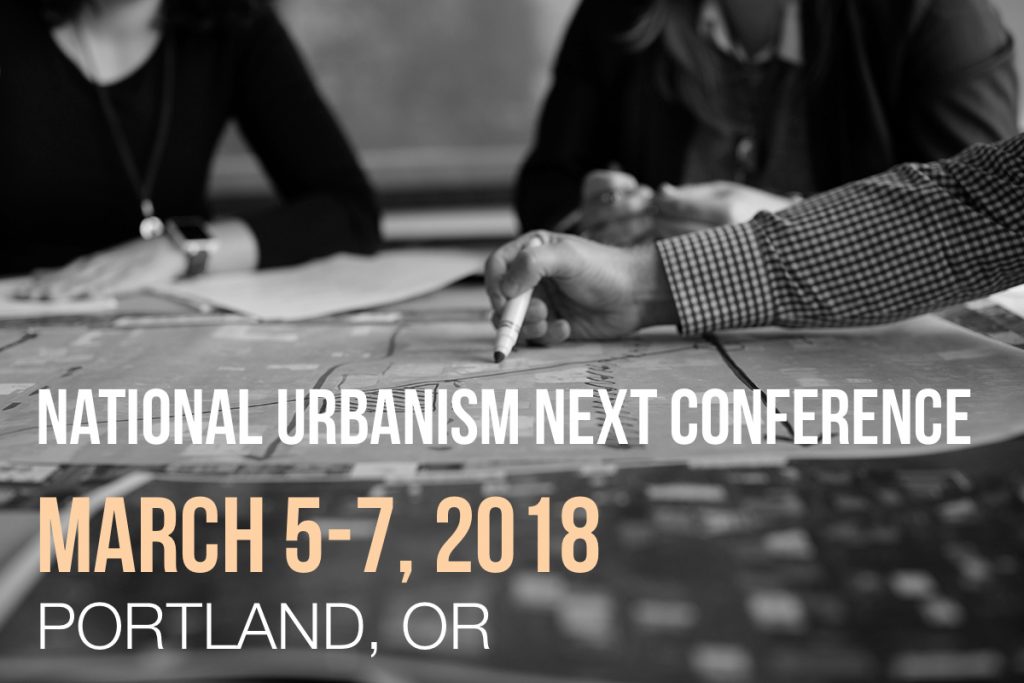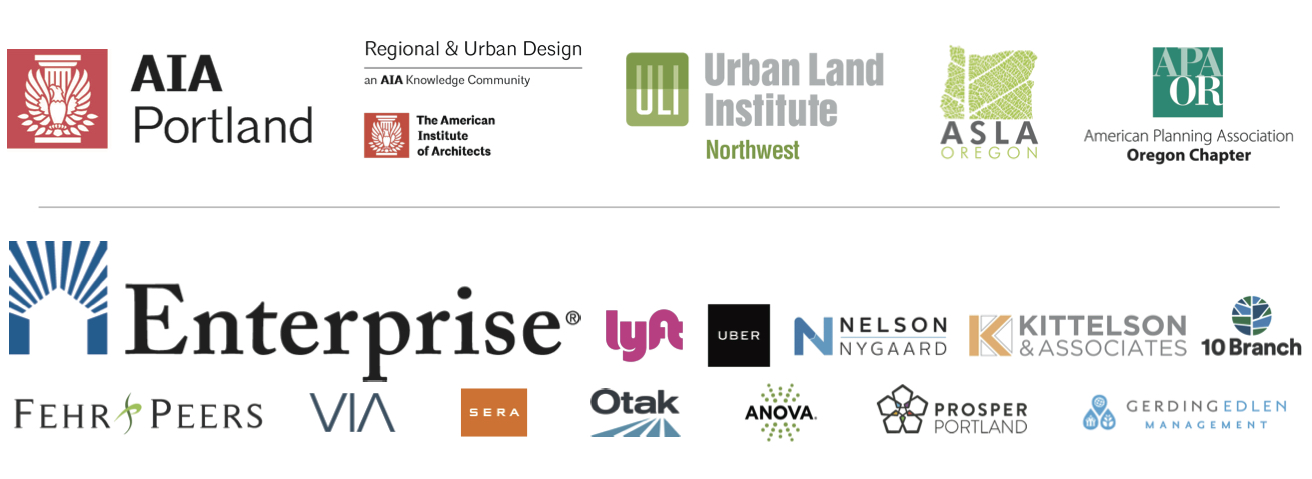One of the biggest assets any city owns is its streets. And since no driver likes to be stuck in traffic, the predominant fix to congestion for the last 60 years has been to expand the street right of way to add more lanes. Time and again, this new road space only leads to more car trips and the very congestion street expansion was supposed to fix.
There are a a lot of new experiments going on across the country about this problem, often by re-allocating some of this public space for other public uses like bike, pedestrian, or transit spaces, or to re-purpose parking and lanes for leisure (think parklets) or ecological function. These types of efforts recognize the trade-offs in use of the street and figure that if a community can’t solve congestion, it can at least provide more efficient transportation alternatives and better use of this public space.
But what if a community simply banned excess cars to eliminate congestion, thereby taking a more active role in the management of its street right of way? Not banned cars to create a car-free utopia, but simply banned excess cars?
This is the idea of Leonia, New Jersey, which is upset by being a vehicle shortcut preferred by navigation systems like Google Maps and Waze. The excess ‘outsiders’ are causing severe traffic issues and the approach of Leonia is to give tickets to anyone outside the community driving in certain areas at certain times.
While I have significant concerns about a city banning outsiders as disturbingly exclusionary, especially on the use of public streets for legal purposes, what is intriguing in this story is the appetite to seize greater control of the public right of way to help carry out the community’s values, which in this case is congestion-free streets.
While the approach of banning outsider’s cars from public streets seems misguided and unnecessary (just do traffic calming to reduce speeds locally and they won’t be attractive for commuters), proactively deciding how the street right of way will be accessed is a critical issue for cities beginning to think about how autonomous vehicles alter their future.
AV companies require access to the right of way to operate and right now may be a unique opportunity for many cities to decide what parts of town are accessible by what types of vehicles. AVs will require local maps that include where they can and cannot go, so while it may not be wise for a community to outlaw non-residents from its public streets, cities can restrict what types of vehicles can go where.
This is an important consideration as autonomous vehicles roll out much faster than most cities are planning for their implications on traffic, land use, or general quality of life issues. Cities must remember that they own the transportation pipeline – their streets – that AVs will depend on and utilizing this asset to achieve community goals is something that cities can proactively control.
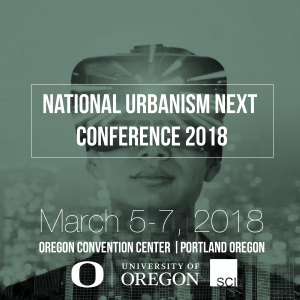 The last day for early bird registration for the 2018 Urbanism Next conference is next week – Monday, February 5, 2018! Join us in Portland, Oregon March 5-7, 2018 to engage in dialogue about how technology is transforming our cities.
The last day for early bird registration for the 2018 Urbanism Next conference is next week – Monday, February 5, 2018! Join us in Portland, Oregon March 5-7, 2018 to engage in dialogue about how technology is transforming our cities.
